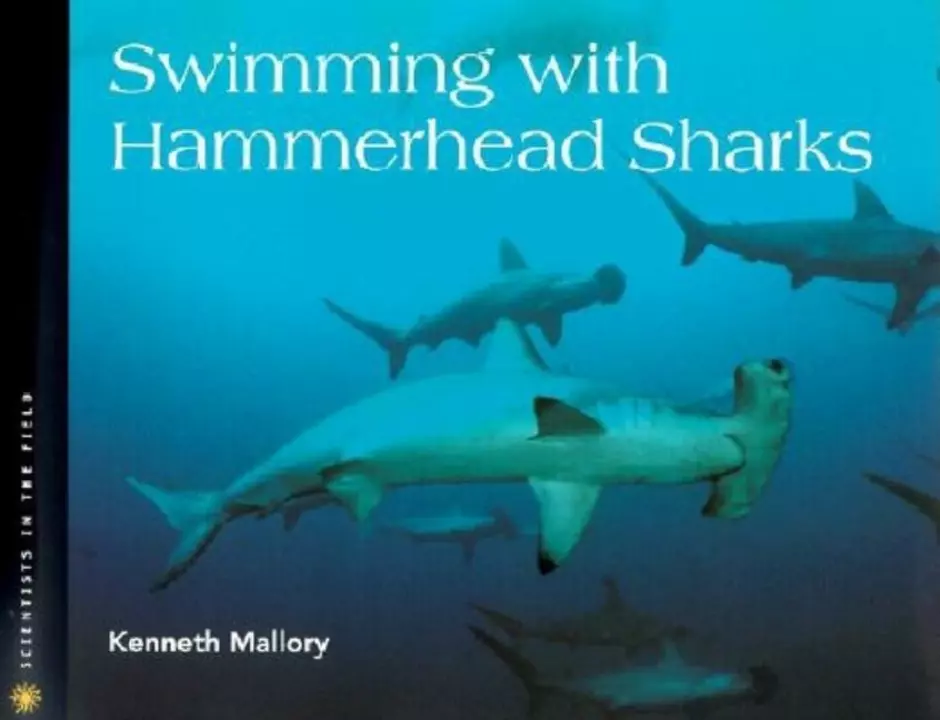Swim – Your Hub for All Things Swimming
Welcome to the swim tag page. Here you’ll find short, practical answers to the questions that keep swimmers curious. Whether you’re wondering about the fastest stroke, how to start swimming at 12, or the biggest long‑distance feats, we’ve got the basics ready.
Popular questions about swimming
One of the most asked questions is “What is the most energy‑efficient swim stroke?” The short answer: freestyle. It lets you move forward with the least drag, and you always have one arm pulling while the other recovers. That steady rhythm saves energy over longer distances.
Another common query: “Is age 12 too late to start swimming?” The truth is, you can still learn and improve after twelve. It might take a little more time to pick up advanced technique, but the health benefits – stronger heart, better flexibility, and lower stress – kick in at any age.
People also love stories of epic swims. For example, long‑distance swimmer David Meca crossed the 90‑km stretch from Spain to Ibiza in 2005. He faced cold water, strong currents, and jellyfish, yet came out on the other side after roughly 24 hours. Stories like this show what the human body can do when you train smart.
How to improve your swim game
Start with a simple drill: practice kicking with a board. Focus on keeping the legs straight and generating a small, quick flutter. This builds ankle flexibility and makes the kick more powerful without tiring you out.
Next, work on breathing. In freestyle, turn your head just enough to take a quick breath, then snap it back into the water. Over‑breathing creates drag and wastes energy. Try a 3‑stroke breathing pattern – breathe every third arm pull – to keep a steady rhythm.
If you want to swim laps for fitness, keep the session short at first. A 20‑minute continuous swim, broken into 4‑minute intervals with 30‑second rests, builds endurance without overwhelming the body. As you get comfortable, add another interval or extend the swim time.
Don’t overlook dry‑land work. Core exercises like planks and side bridges give your body the stability needed for a strong body position in the water. Strong shoulders and back muscles also help you pull more efficiently.
Finally, track your progress. Use a simple log to note distance, time, and how you felt. Seeing improvements over weeks motivates you to keep going and fine‑tune your technique.
All of these tips, answers, and stories live under the swim tag. Jump in, read a post that catches your eye, and start applying what you learn today. Your next swim could be better, easier, and more fun.

